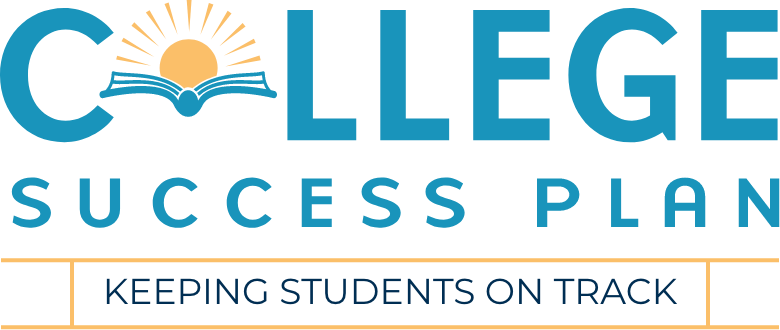What’s Your Learning Style?
The start of a new semester is the perfect time to reflect on how you learn best. Everyone receives and processes information in different ways. This is what we refer to as a learning style. There is no one-size-fits-all approach when it comes to learning, but having self-awareness when it comes to how you process and understand new information is empowering. Understanding the implications of your own learning style allows you to reach your full potential.
Depending on who you ask, there are anywhere from 4 to 8 learning styles. Generally speaking, however, the 3 main types of learning are visual, auditory and kinesthetic. Auditory Learners need to hear information aloud. They also like to talk through information with others. Visual Learners remember what they see. Visual representations help them remember information. Kinesthetic Learners need to be active and participate in their learning. They benefit from hands-on learning opportunities. Generally, most people have a tendency towards one of these styles, and this inclination becomes evident during the earlier school years.
Tips to Maximize Your Learning:
Auditory Learners (emphasis on hearing and speaking):
Sit in the front of the classroom
Join study groups and talk things out
Record lectures and listen to them again aloud to review
Record yourself talking through concepts out loud
Use text to speech features on your computer
Visual Learners (emphasis on sight):
Read and reread notes on paper
Underline, highlight and circle written content
Draw pictures to illustrate ideas
Use different colors, note cards and stickies to make notes visually appealing
Make outlines, draw graphs and create mind maps
Study in quiet places so you are not visually distracted
Kinesthetic Learners (emphasis on action):
Move around when trying to learn new things
Use stress balls in class and while studying
Use models, charts and diagrams to illustrate relationships
Skim through reading before reading in-depth
Use a computer to copy/rewrite notes
Study while walking or exercising
Listen to non-distracting music while studying
Learning styles also apply to learning in the classroom. Professors have their own unique teaching styles, and understanding your learning style is important in figuring out how to best pay attention and take notes during class. When a professor’s teaching style doesn’t match your learning style, the first step is awareness. The second step is adapting your note-taking technique or where you sit. The third would be meeting with the professor one-on-one to explain your learning style and ask for additional resources (i.e., a copy of the slides ahead of time) or recommendations for staying engaged during class.
College Success Plan coaches work with students to understand their learning styles and create study strategies for each class. We discuss high school classes that were especially challenging and those that were highly successful in order to better understand strengths and weaknesses. We review syllabi ahead of time to make professor predictions and utilize accommodations to support learning needs. Ultimately, the more you understand about the various learning styles and the more you understand about your own study needs, the more tools and resources you’ll have at your fingertips when preparing for classes, exams, projects and so on. To meet with a College Success Plan coach and explore your own learning style, reach out to us today!

